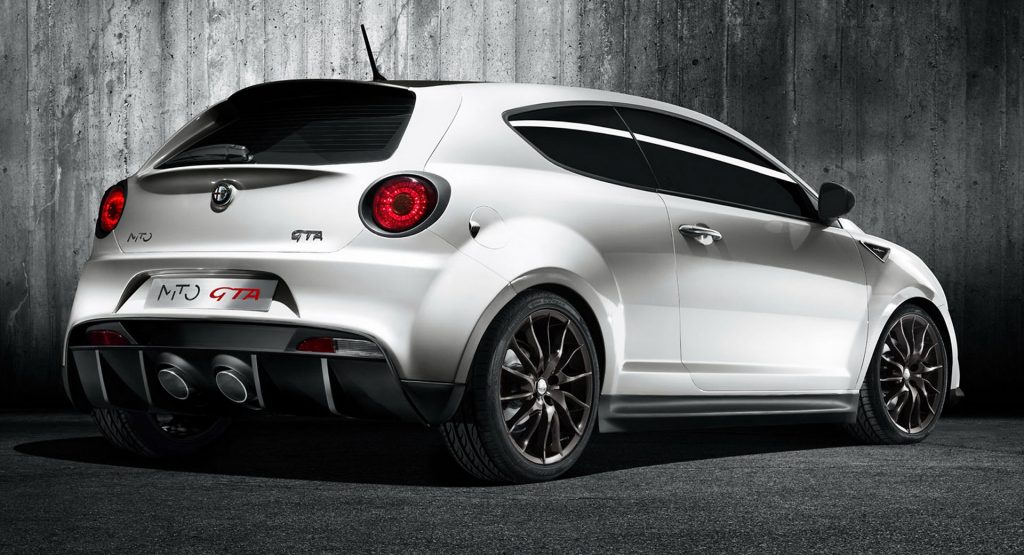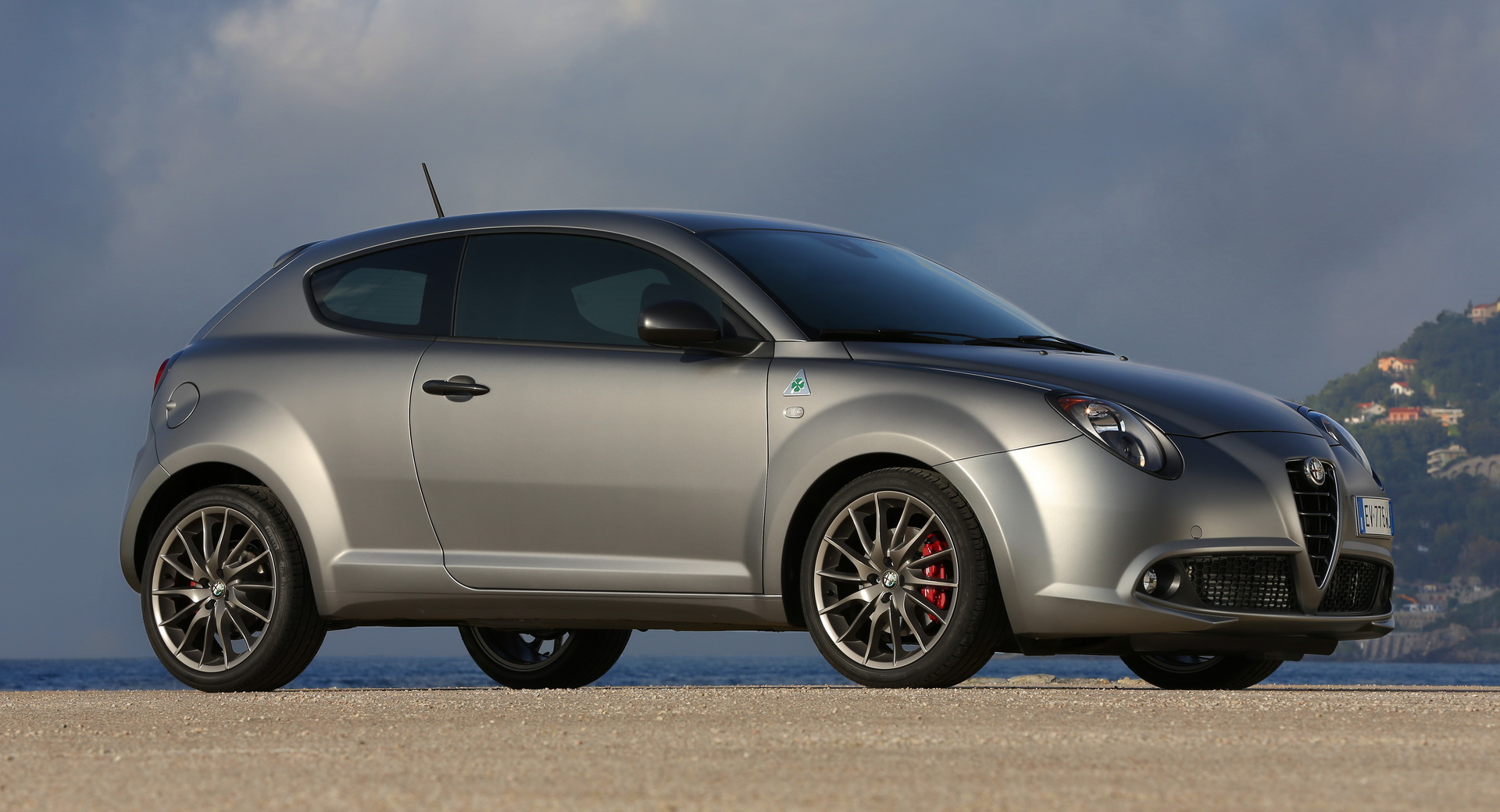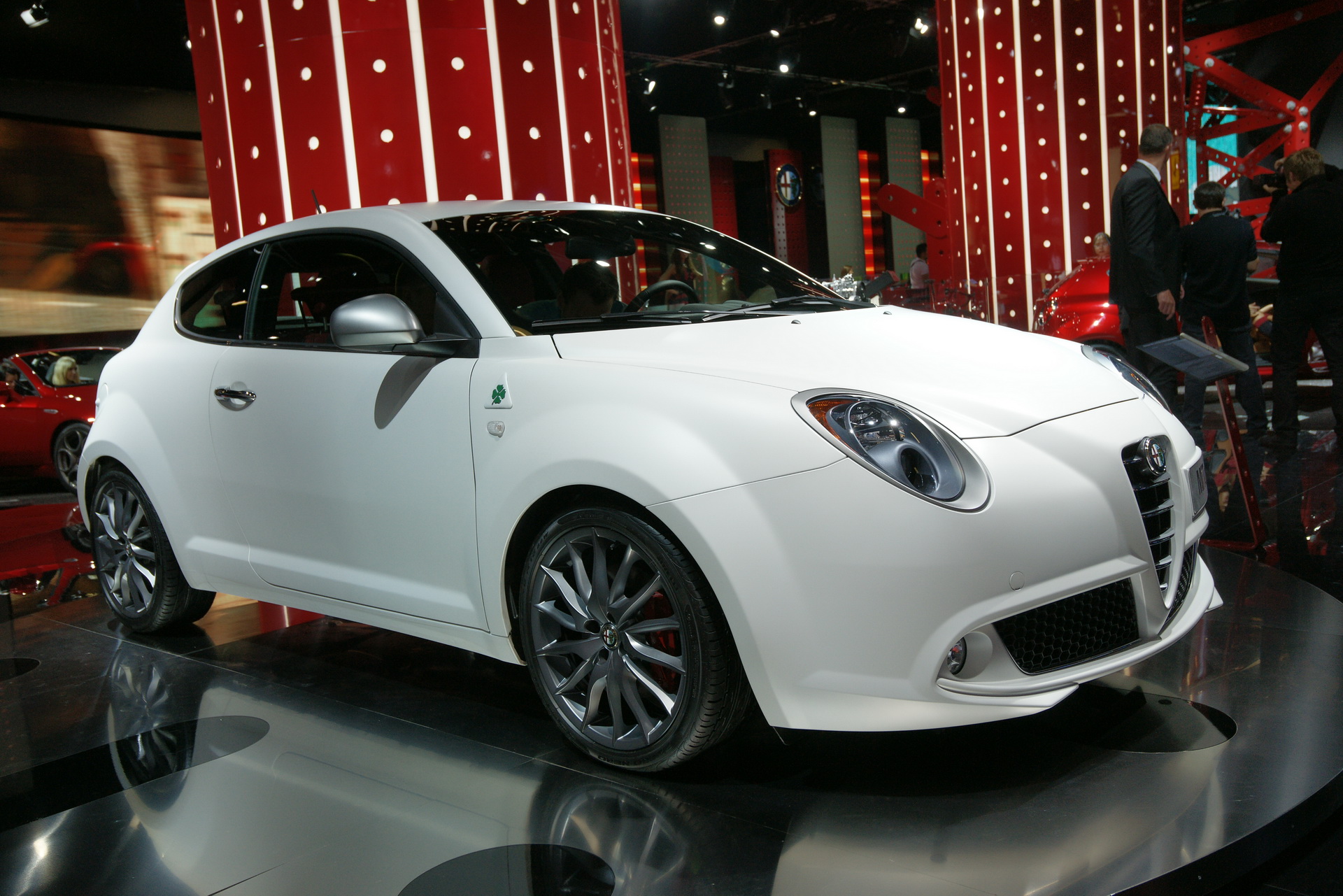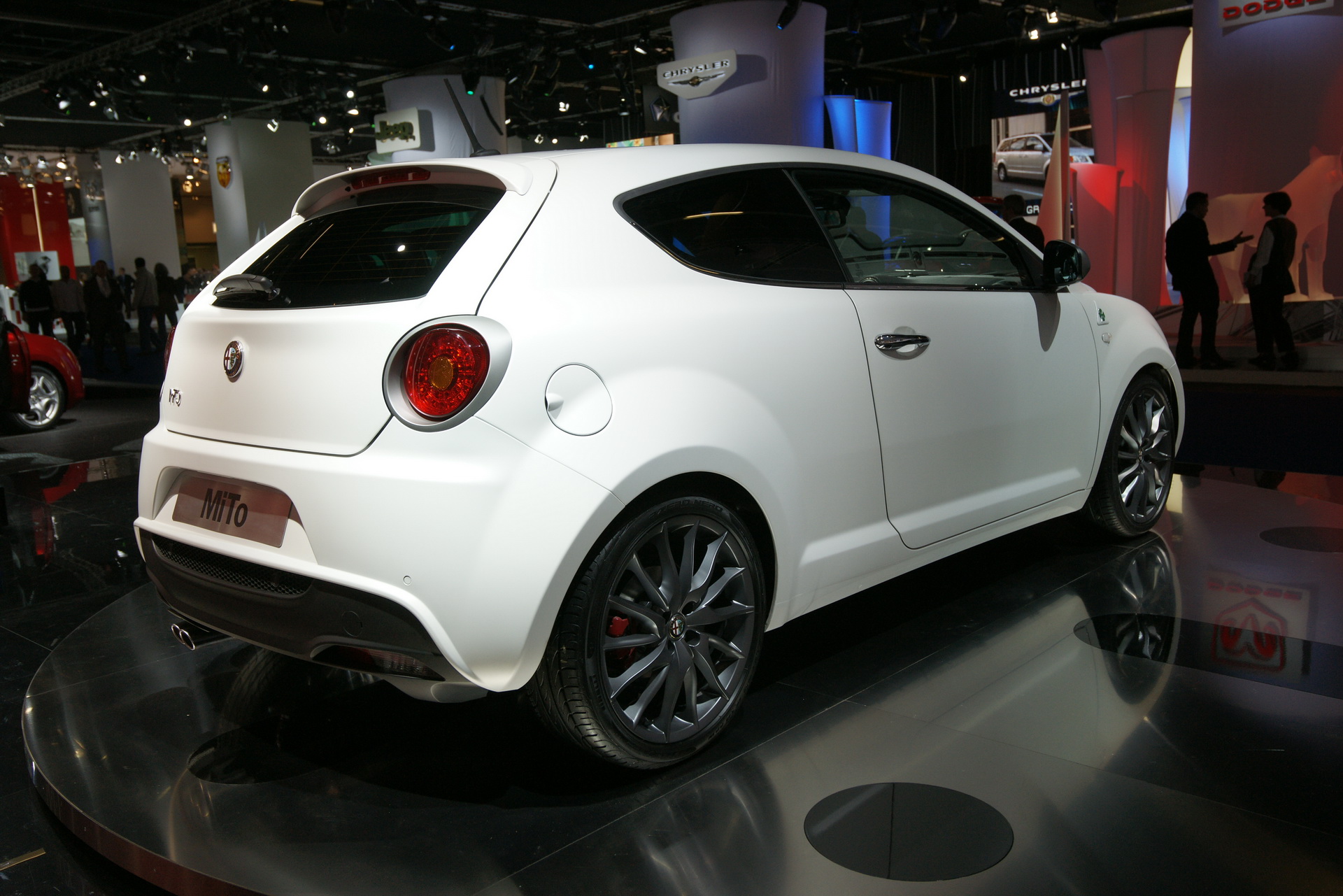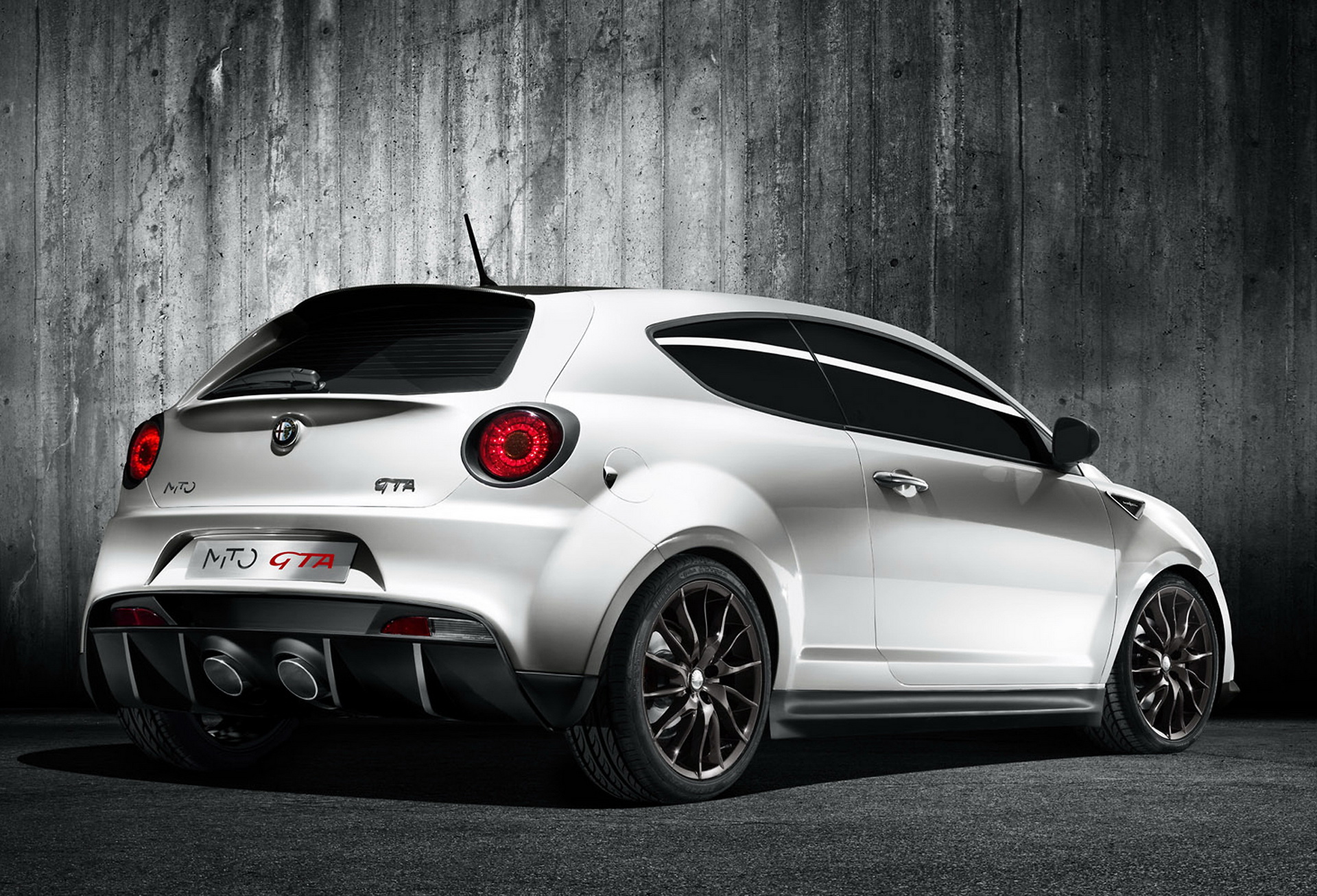Alfa Romeo is finally bringing back the iconic GTA nameplate with the new Giulia GTA and GTAm, so this is an as good time as ever to remind ourselves which was the last Italian model to wear the fabled badge.
The last production GTA models were the 156 and the 147, which rewrote what was possible for an FWD car with their naturally aspirated 3.2-liter V6 sending 250 HP to just the front wheels but the very last car to wear a GTA badge was the Mito, the company’s small hatchback tasked with challenging the dominance of the Mini in the premium small segment.
Also Read: Sexy New Alfa Romeo Giulia GTA And GTAm Coming With 532 HP, Less Weight
Alfa Romeo presented the Mito GTA as a near-production concept at the 2009 Geneva Motor Show, featuring a more aggressive bodywork with various styling changes and the company’s then-fresh-off-the-oven 1.75-liter turbo four-cylinder engine with direct fuel injection kicking out 240 HP and paired to a six-speed manual transmission.
The Alfa Romeo Mito was based on the same platform with the Fiat Grande Punto and the Opel Corsa, offered in a range of turbocharged petrol engines that included both Fiat’s charismatic 0.9-liter two-cylinder TwinAir unit and the 1.4-liter four-cylinder with outputs up to 170 HP in the range-topping Quadrifoglio Verde trim.
The Mito’s mini-8C looks split opinions back then and we imagine they still do while the interior felt cheap in places where it couldn’t hide its Fiat origins. However the more powerful versions of the Mito were quite capable little hatches, especially when fitted with the more advanced active damper setup.
Alfa Romeo claimed that the Mito GTA was capable of hitting a top speed of 155 mph (250 km/h), with the classic 0-62 mph (100 km/h) coming in just 5 seconds. If the Italian brand’s hot hatch reached production, it would be not only significantly quicker in acceleration than what could become its main rival, the Mini John Cooper Works GP, but it would beat most -if not all- hot hatches of the period in that aspect as well.
As with every Alfa Romeo GTA, weight reduction was one of the main topics; body parts like the roof panel and the tailgate spoiler were made out of carbon fiber, with engineers making liberal use of aluminum in the suspension, braking components, and chassis.
The show car also made heavy use of underbody aerodynamics, featuring a giant rear diffuser with the exhaust tips being fully integrated like a proper race car, a redesigned front bumper with bigger air intakes, a deeper splitter and a new version of the Alfa grille with the badge migrating on top of it.
The prototype was sitting 20 mm lower to the ground than a standard Mito, featuring an active suspension setup, with the shocks being electronically controlled to offer class-leading dynamics during fast driving and maintain good levels of comfort in everyday use. The front suspension featured a revised geometry thanks to new aluminum arms while the rear end featured special bushings.
The interior was stripped of its rear bench seat, placing instead a strut brace that also acted as support for the racing harnesses. A pair of lightweight bucket seats together with a different steering wheel and gear lever completed the tone, with the cabin completely dressed in Alcantara and red piping.
The Alfa Romeo Mito GTA was a hot hatch almost ready to roll off the factory gates but the financial crisis of the period made it hard for the Italian automaker to justify the development costs. Fiat opted instead to spend its money towards the new Abarth model range with the Punto and the 500 models and the 4C sports car, killing the dream of a lightweight Alfa Romeo hot hatch that on paper honored the GTA badge 100 percent.








